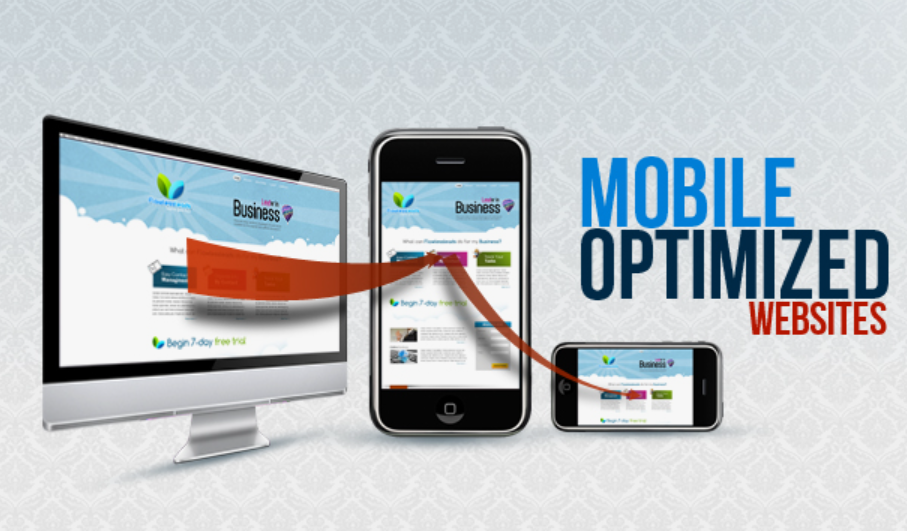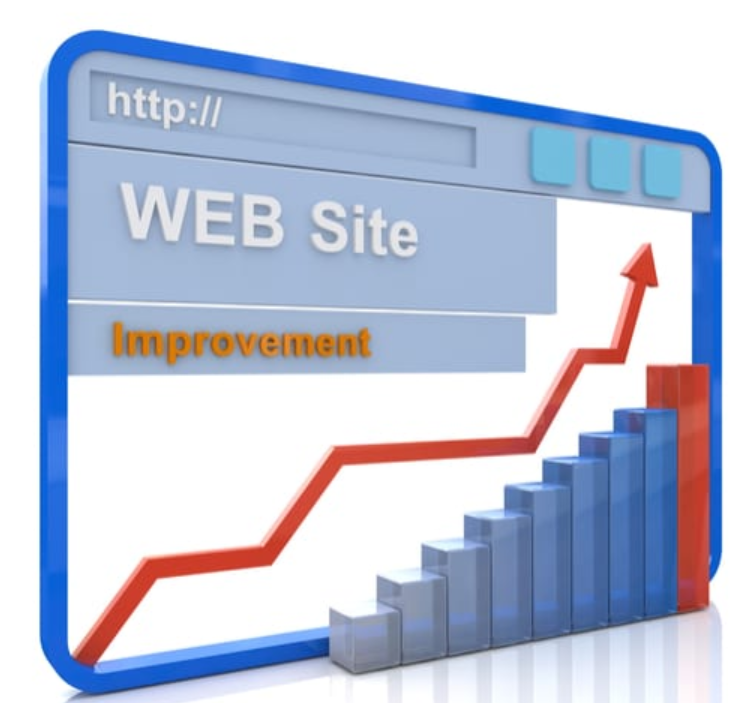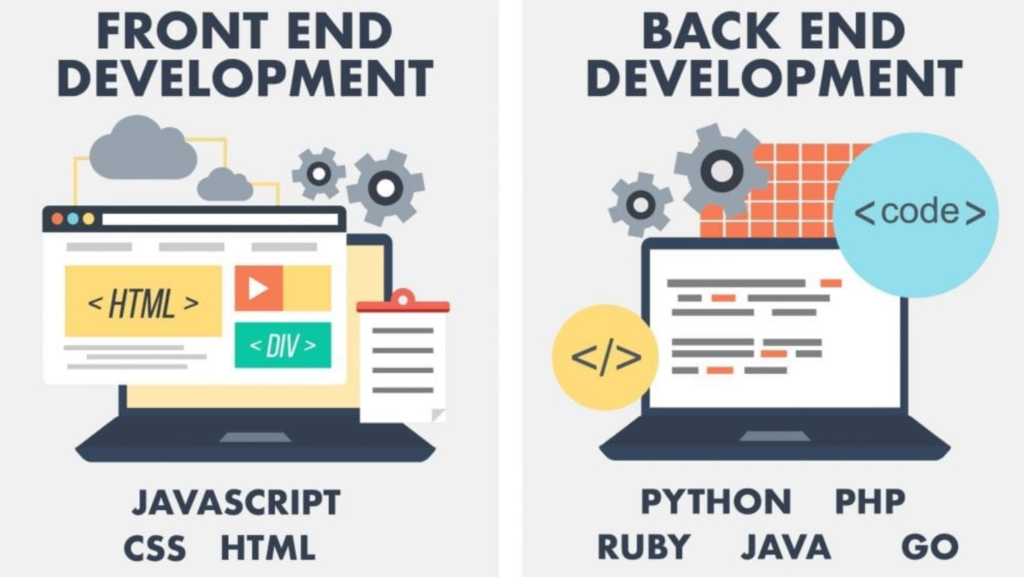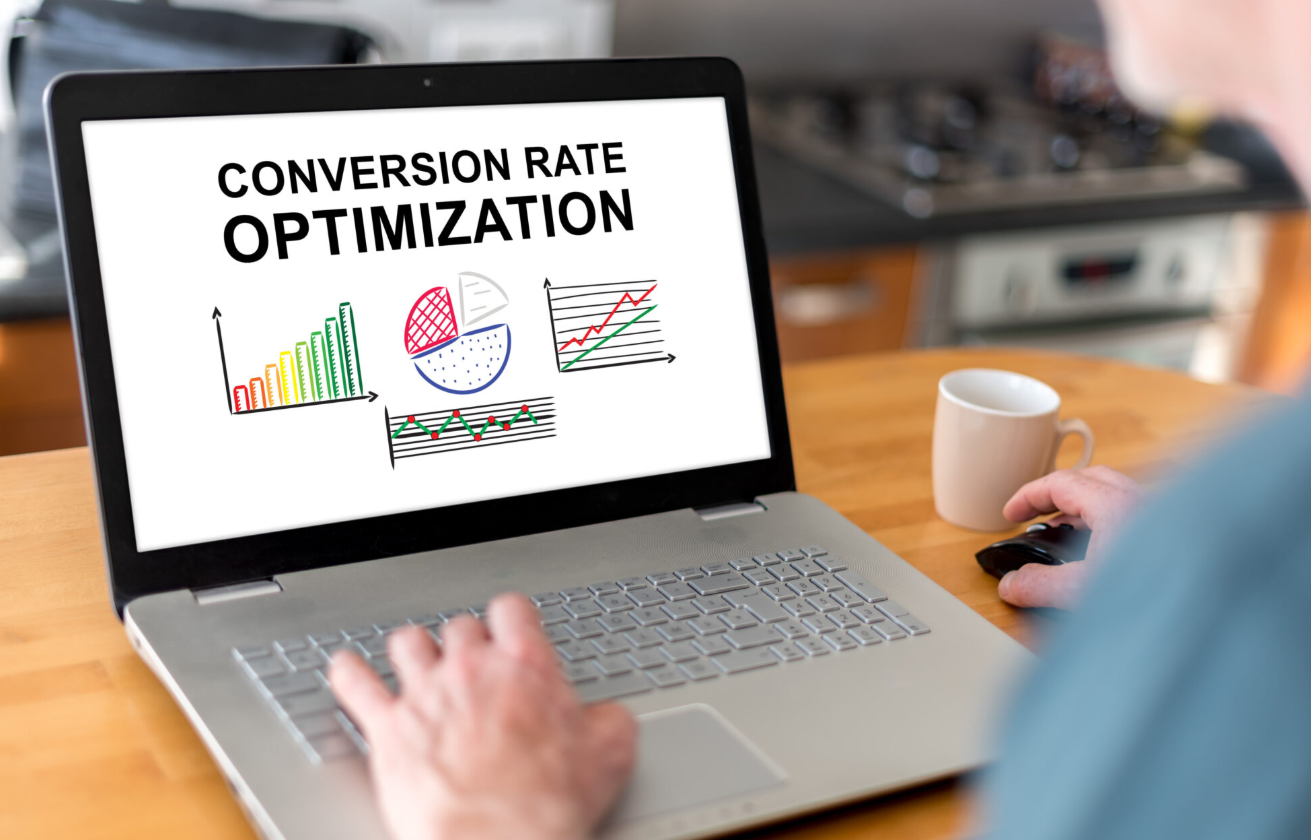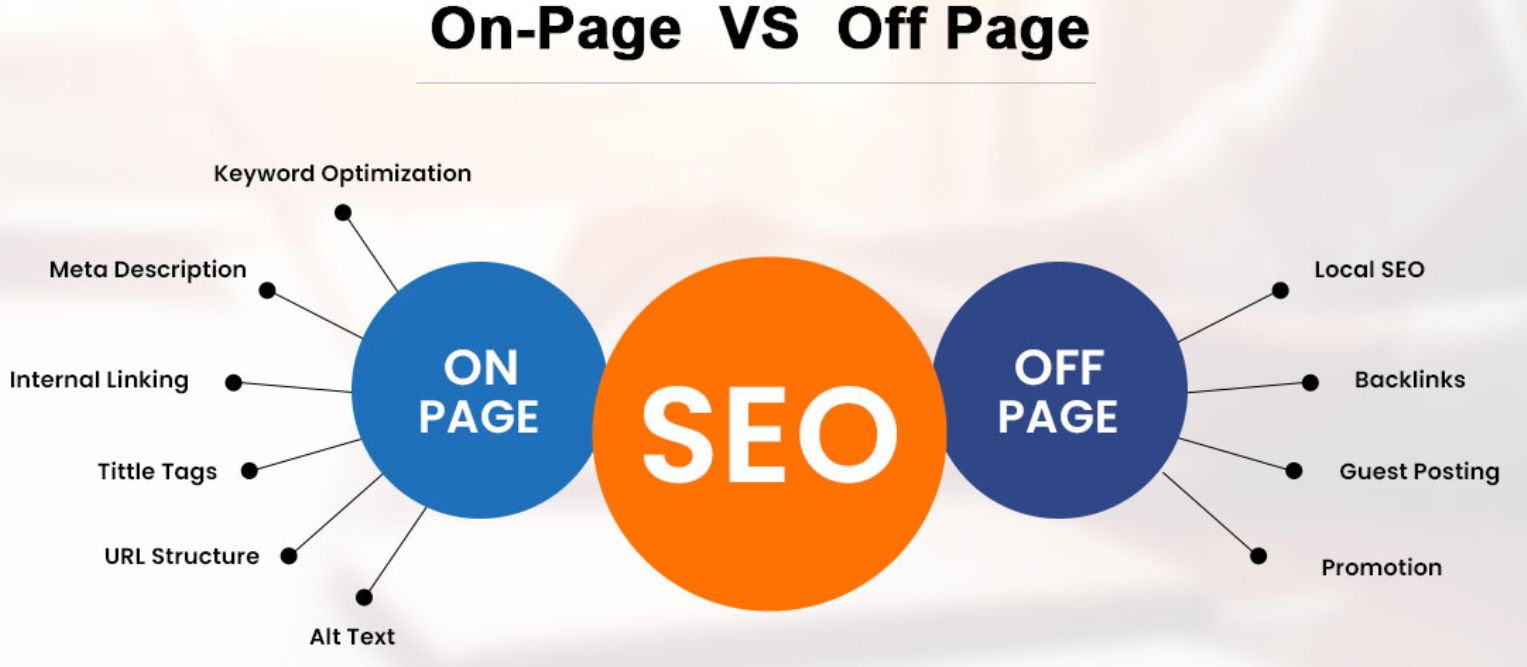Frontend Development: Build Beautiful, High-Performing Websites
In today’s digital-first world, your website is often your business’s first impression. Whether you’re a startup, a small business in Missouri, or a national brand, creating a high-performing and visually stunning website is no longer optional — it’s essential. That’s where frontend development comes in.
But what exactly is frontend development? Why is it crucial for modern websites and apps? And how can a digital partner like Ravens Digital help you leverage it for a seamless, engaging online presence?
Let’s dive into everything you need to know about frontend development in a beginner-friendly, comprehensive way.
What Is Frontend Development?
Frontend development focuses on the user-facing aspects of web development, specifically what users see and interact with in their browsers. It involves creating the layout, design, and interactive features of a website or application — everything that shapes the user experience (UX) and user interface (UI).
Unlike backend development, which deals with databases, servers, and application logic behind the scenes, frontend development ensures that users can see and use a site effortlessly — whether on a laptop, tablet, or mobile device.
Why Frontend Development Matters for Businesses
Your website makes an impression on visitors within seconds. If your website is slow, clunky, or visually outdated, they’re likely to bounce — possibly straight into the arms of your competitors.
Great frontend development makes sure that doesn’t happen.
Key benefits include:
- ✅ Stronger first impressions
- ✅ Faster website loading speeds
- ✅ Improved mobile responsiveness
- ✅ Higher engagement and conversions
- ✅ Better SEO performance
- ✅ Stronger brand credibility
At Ravens Digital, we use frontend development to create websites that don’t just look good — they perform exceptionally well across devices, browsers, and screen sizes.

Core Technologies Used in Frontend Development
Frontend developers rely on a powerful trio of programming languages to build the web:
1. HTML (HyperText Markup Language)
HTML is the backbone of any webpage. It defines the structure — think headings, paragraphs, lists, images, and links.
2. CSS (Cascading Style Sheets)
CSS controls the presentation — colors, fonts, layouts, spacing, and animations. It’s what makes websites beautiful and visually cohesive.
3. JavaScript
JavaScript adds interactivity and dynamic behavior. From sliders and popups to dropdowns and interactive maps, JavaScript brings your website to life.
Other modern tools and frameworks built on top of these core technologies include:
- js – For building dynamic, component-based user interfaces.
- js – Lightweight alternative to React, ideal for small to mid-sized apps.
- Angular – A full-featured framework used in enterprise-grade applications.
- Bootstrap – A CSS framework for fast, responsive design.
- SASS / SCSS – CSS preprocessors that make styling more powerful and modular.
How Frontend Development Works: The Step-by-Step Process
Ravens Digital implements a clear, strategic process for all frontend development. Here’s a simplified breakdown:
1. Discovery and Planning
We start by understanding your business goals, user needs, and technical requirements. This ensures the frontend matches your brand and drives performance.
2. Wireframing and Prototyping
UX designers sketch the layout and navigation of your website or app. Tools like Figma or Adobe XD help create prototypes to visualize the user journey.
3. UI Design
Designers craft the visual style — typography, color schemes, icons, and more — creating a consistent and modern look aligned with your brand.
4. Frontend Coding
Frontend developers bring the designs to life using HTML, CSS, JavaScript, and frameworks like React or Bootstrap. Every line of code prioritizes responsiveness, speed, and accessibility.
5. Cross-Browser & Device Testing
We test the website across all major browsers (Chrome, Safari, Edge, Firefox) and devices to ensure everything works flawlessly.
6. Optimization & Launch
Before launch, we optimize code for speed, mobile usability, and SEO. Then we deploy the site, monitor performance, and make refinements as needed.
Frontend vs Backend vs Full-Stack Development
Aspect | Frontend Development | Backend Development | Full-Stack Development |
Focus | Visual and interactive parts of a website | Server-side, databases, and application logic | Combines both frontend and backend |
Tools | HTML, CSS, JavaScript, React, Bootstrap, etc. | Node.js, PHP, Python, Ruby, SQL, etc. | Mix of both toolsets |
User Interaction | Yes | No (indirectly affects performance) | Yes (complete project scope) |
For many clients, Ravens Digital offers full-stack solutions, handling both frontend and backend seamlessly for high-performance websites and applications.
What Makes Great Frontend Development?
It’s not just about writing code — it’s about creating a smooth, intuitive experience that delights users and converts visitors into customers.
A great frontend must be:
- Visually appealing: Clean, modern, and brand-aligned.
- Responsive – Works perfectly across mobile, tablet, and desktop
- Fast-loading – Optimized for speed and performance
- Accessible – Usable for people with disabilities (WCAG compliant)
- Interactive – Provides seamless navigation and engaging UI features
- SEO-Friendly: Structured and coded for easy search engine crawling and indexing.
These principles are core to every project we deliver at Ravens Digital.
Real-World Applications of Frontend Development
E-commerce Websites
Frontend development is critical for product pages, shopping carts, and user-friendly checkout processes that boost conversions.
Web Applications
From CRM dashboards to online booking systems, modern web apps rely on frontend frameworks like React or Vue for a smooth experience.
Corporate Websites
Professional services firms, like those in healthcare or finance, depend on sleek, responsive frontends to build credibility.
Marketing & Landing Pages
Designed to drive leads and conversions, these pages rely on speed, clarity, and strong calls to action — all driven by effective frontend development.
Common Frontend Development Challenges (And How We Solve Them)
Even though frontend development is exciting, it comes with challenges:
Challenge | Our Solution at Ravens Digital |
Browser compatibility | Rigorous cross-browser testing |
Mobile responsiveness | Mobile-first design approach |
Performance optimization | Lazy loading, image compression, and clean coding |
Accessibility standards | WCAG compliance, semantic HTML, and screen-reader-friendly design |
Integration with backend systems | Seamless coordination between frontend and backend teams for API and data handling |
Seamless coordination between frontend and backend teams is crucial for effective API and data handling during backend system integration.

Why Choose Ravens Digital for Frontend Development?
Located in Kansas City, Missouri, Ravens Digital offers professional web design and development services tailored for businesses that want to grow. We’re passionate about creating experiences that aren’t just beautiful — they work.
✅ Here’s what sets us apart:
- Experienced team of frontend and full-stack developers
- Custom designs — no cookie-cutter templates
- Deep understanding of UI/UX best practices
- Mobile-first, responsive approach to all builds
- Transparent communication and dedicated support
- Proven results across industries and business sizes
Whether you’re building your first website or revamping an outdated one, Ravens Digital is the strategic partner you need for expert frontend development.
What’s Next? How to Get Started
If you’re considering a website redesign, app launch, or new digital product, frontend development is where your vision takes shape.
Want to create a site that not only looks amazing but also delivers real business results?
📞 Contact Ravens Digital today to schedule a free consultation. Our team will walk you through the possibilities and deliver a custom-built frontend that reflects your brand, resonates with your audience, and drives measurable impact.
Conclusion:
Your website serves as your brand’s crucial first impression in the digital realm. Frontend development ensures that handshake is strong, professional, and memorable.
By focusing on structure, design, and usability, frontend developers make your brand shine online. Whether you’re running a service-based business in Missouri or managing a national brand, investing in frontend development is one of the smartest digital decisions you can make.
Let Ravens Digital be your guide — from concept to code to conversion.

